Not Evil by Default: How Romans (and Stoics) Judged Suicide
Romans spoke of voluntaria mors—“a voluntary death”—long before Europe coined the word “suicide.” From Cato at Utica to Seneca in a warm bath, and from battlefield honor to comic threat, the Roman world weighed self-killing through philosophy, law, and performance.
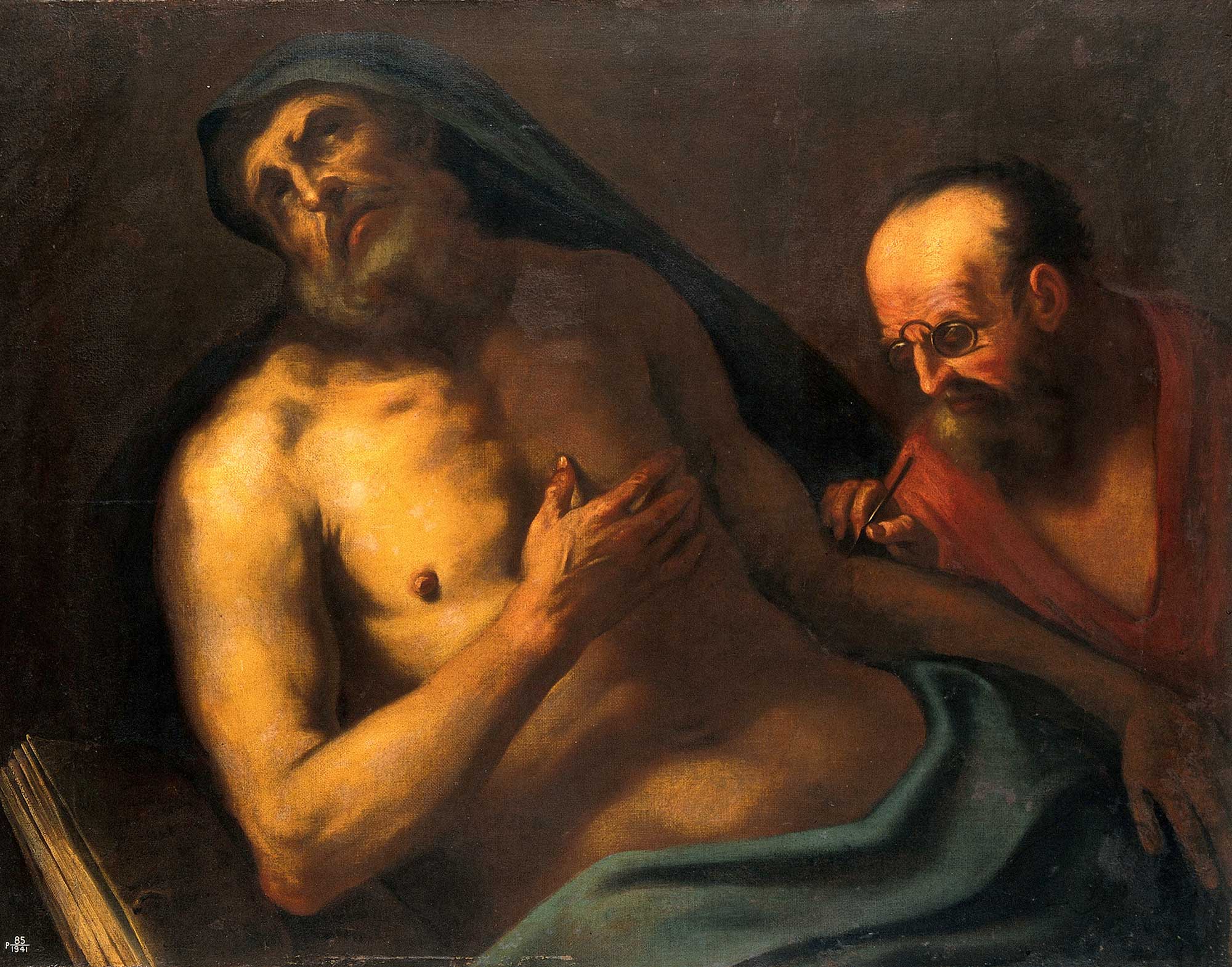
Romans did not coin a compact word that matches today’s “suicide,” even if past scholars generally connected the word suicida with Ancient Rome. They had practices, scripts, and judgments—a grammar of endings that could be condemned as cowardly in one setting and praised as exemplary in another.
Words Before the Word: Etymology of the Word Suicide and Greek Parallels
“Suicide” is not a classical Latin noun. Roman authors describe the act through phrases: voluntaria mors (“voluntary death”), sibi mortem consciscere (“to decide upon one’s own death”), se ipsum interficere (“to kill oneself”), ex vita excedere (“to depart from life”), or even the institutional mori licet (“it is permitted to die”).
None of these constructs a single category like the modern term. A neatly formed suicidium belongs to early-modern Latin and passes into French and English in the seventeenth and eighteenth centuries; the act is ancient, the category word is modern.
The compact neo-Latin suicidium (act) and suicida (agent) surface much later than the Roman Empire: one early-modern locus is Juan Caramuel’s Theologia moralis fundamentalis (Rome, 1656), where he glosses suicida “the one who kills himself.” At the same time, researcher Anton van Hooff showed that the agent noun suicida actually appears centuries earlier in Walter (Gauthier) of Saint-Victor (Contra Quatuor Labyrinthos Franciae, 1177/78), who mocks Seneca as “peior suicida”—evidence that the coinage had a medieval life before its early-modern revival.
Such forms felt un-Ciceronian: Latin doesn’t naturally build compounds with the pronominal sui the way Greek builds with auto-; to an ancient ear suicidium would have sounded like “swine-slaying” (from sus), hence the preference for circumlocutions. For context, the English noun “suicide” is attested by 1643 (Sir Thomas Browne’s Religio Medici), predating Caramuel’s printed usage.
Greek prose likewise prefers description to taxonomy. Writers simply say ἑαυτὸν ἀποκτείνειν (“to kill oneself”), or mark agency with adjectives such as αὐτόχειρ and ἰδιόχειρ—forms that appear in plural and oblique cases (αὐτοχειρας/ἰδιοχειρας) in later glosses. The posture is semantic: antiquity names the doing and then judges it by context rather than filing it under a fixed label.
For readers today, that means tracking the vocabulary that clusters around the act—honestas, virtus, dedecus, libertas, pudor—instead of expecting a single noun to settle the meaning. The language stays elastic on purpose. What mattered was whether the death fit the surrounding facts: who chose it, under what pressure, to what end for household and city. (A Longer Life For 'Suicide': When was the Latin word for self-murderer invented?, by Anton J.L. van Hooff)
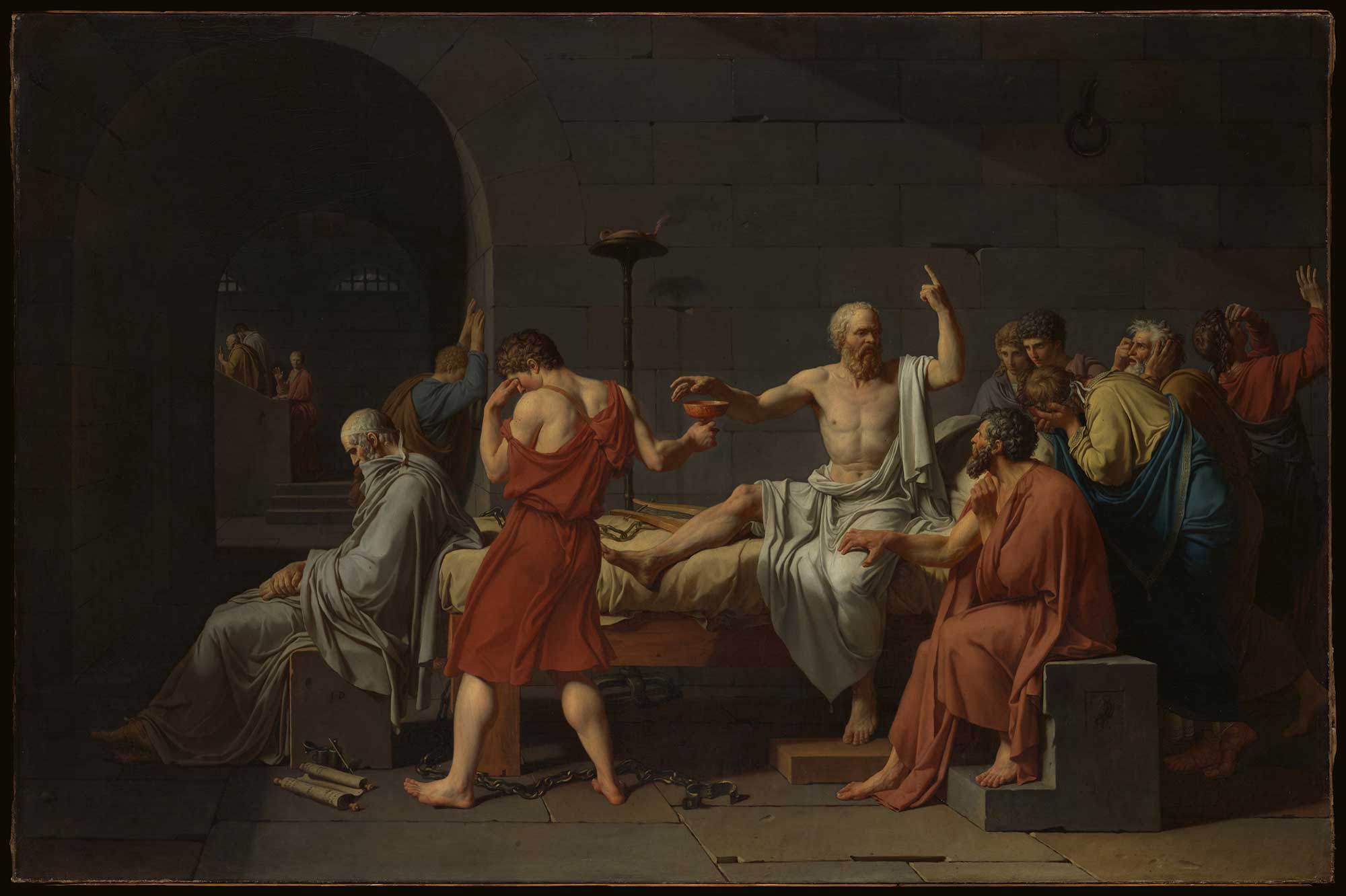
A Roman Moral Spectrum: Was Suicide Evil, Permissible, Admirable?
Roman religion and law did not impose a blanket ban. Early ritual scruples about death and burial existed, but by the late Republic and early Empire a voluntary death could be tolerated or even praised, depending on motive and civic effect. Administration sometimes accommodated the choice.
A death before condemnation might avert the disgrace of a verdict and protect heirs; a quiet exit could forestall unrest in a city already on edge. Estates, reputations, and the management of public order shaped how officials steered such cases. The state’s concern was to avoid spectacle, preserve stability, and keep the machinery of law from becoming a rallying point.
Ethical argument rested on a Stoic framework familiar to the elite. A life is good not because it continues but because it can be lived according to nature—rationally and virtuously. When that becomes impossible—through incurable disease that destroys agency, absolute servitude, or unyielding tyranny—the door is open.
The same matrix condemned bad exits: flights that abandoned duty, collapses into fear, or gestures that damaged the commonwealth. Marcus Aurelius retains the option without celebration; the admonition is to remain until one can no longer preserve the inner citadel. Seneca makes the option explicit: a person remains free so long as the exit remains available—used rarely, but kept in view as the last defense of dignity.
Public discourse, meanwhile, set judgment on a screen of honor (dignitas), shame (pudor), freedom (libertas), and utility to the state (utilitas rei publicae). Within that frame, a chosen death could be counted noble, tolerated, or despised. (Philosophy, Cato, and Roman Suicide: I & II, by Miriam Griffin; The Philosopher Seneca on Suicide, by Willy Evenepoel)
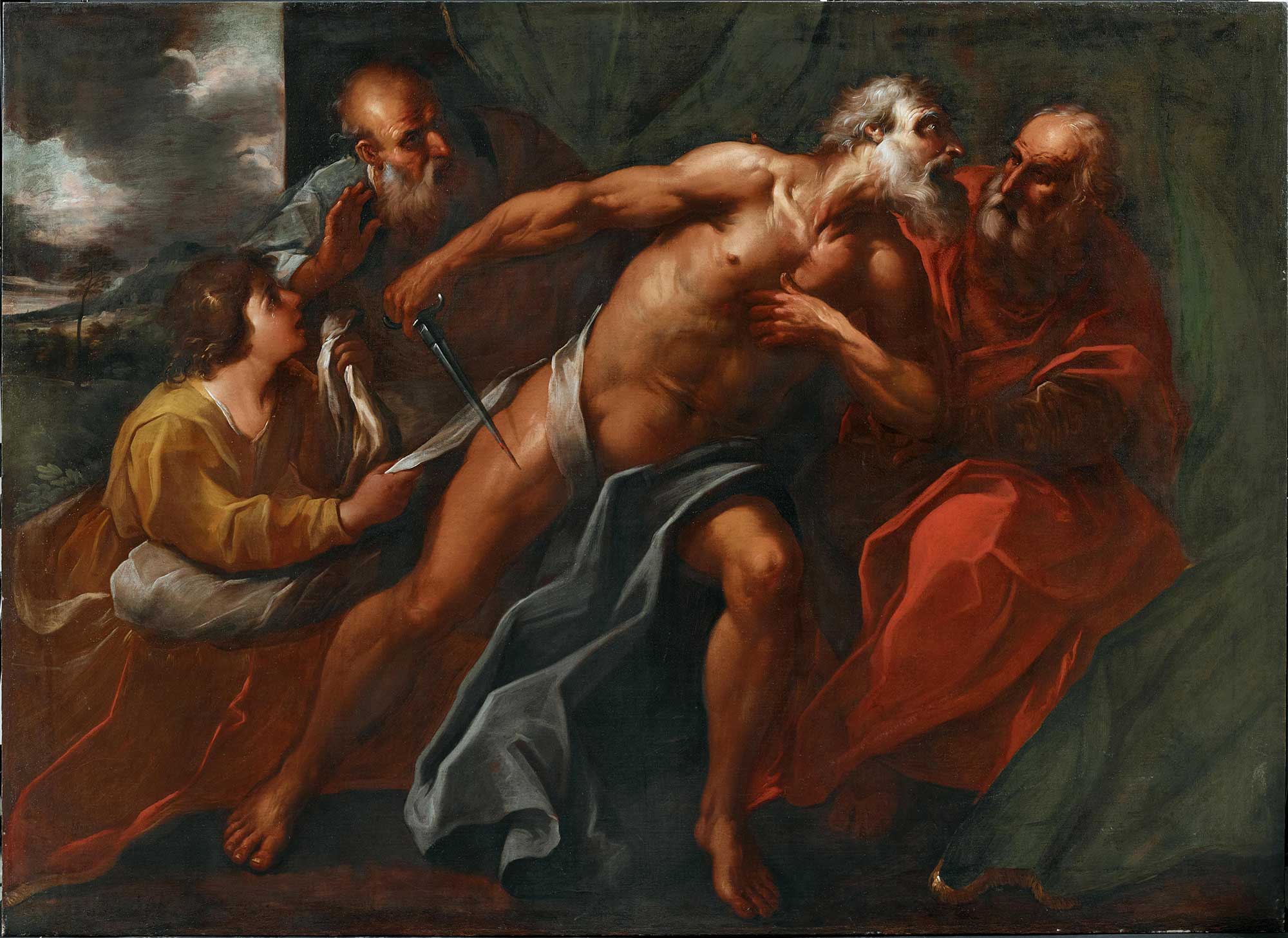
Standards and Steel: Self-Killing in the Army
Legions drilled virtus (courage) and disciplina (order) into bodies as habit. That ethic produced a battlefield culture in which, in certain settings, self-killing could be read as honorable. The Republican devotio—a commander consecrating himself to death for victory—already imagines a life given for the many.
Under the Empire, officers and rankers more commonly chose death to avoid capture, enslavement, or the shame of public display after defeat. The repertoire included falling on the sword, starving in custody, refusing rescue after wounds, or dying by one’s own hand to prevent interrogation and parade.
The Year of the Four Emperors supplied a canonical page in this script. Otho (A.D. 69) chose death after defeat to prevent renewed civil war. Ancient narratives judged the decision civic-minded because it averted further slaughter and spared Rome another day of marching legions.
Elsewhere, centurions and provincial commanders judged it better to die than be shown in chains; some besieged units preferred death to public humiliation. None of this made suicide a duty; it made it a recognized exit within an honor economy that graded intention and effect.
Deeds that preserved the community could be praised; gestures that merely dodged accountability could be scorned. The army’s culture, with its stress on facing fortune without disgrace, furnished the stage on which those judgments were made and retold. (Courage and Cowardice in the Roman Imperial Army, by Jon Coulston)

Exempla: Cato at Utica and Seneca’s Suicides and Final Scenes
Two exits became touchstones for civic and philosophical education.
- Cato the Younger (46 B.C.) chose death at Utica rather than accept a settlement he judged tyrannical. Narrative lingers over the staging: a last night with Plato, the sword thrust, attendants’ frantic bandaging, and the renewed act once the room cleared.
The lesson pressed into Roman memory is that conscience could outrank survival and that a citizen might refuse to live under an order he found unfree. Later readers used the case to test themselves: is this integrity that disdains a master, or obstinacy that refuses a peace? Rome kept the story close because it sharpened judgment about law, loyalty, and the meaning of pardon. - Seneca (A.D. 65), ordered to die, arranged a composed exit. Ancient narrative describes dictation to secretaries, opening of veins, a trial of hemlock when bleeding slowed, and a warm bath to hasten the end, followed by suffocation in steam.
The scene is highly public in a Roman way: witnesses, last words, gestures that mark control rather than rage. It is also legal: a command is obeyed without the theater of a public execution.
What the scene values is clarity over spectacle; resolve over display. The picture that emerges—one part ritual, one part household management, one part statecraft—illustrates how a death could be made legible to a community watching closely.
Between these poles sit other exits Romans retold: Arria stabbing herself (“Paete, non dolet”) to teach her husband how to die; Brutus falling on his sword at Philippi; Otho choosing death to prevent a second battle; women who took rope or blade to avoid violation after capture.
The common factor is not a single method but a moral script read through lenses of dignity, liberty, loyalty, and spectatorship. In each case, what counted was not only the manner of dying but the meaning others could read from it.

Methods and Staging: The “Bath and Veins” Roman Image of a Suicide
The bath-and-veins tableau is memorable, but it was never a mandate; no matter how strong the idea of 'Romans dying in a bathtub' is in modern art and cinematography. As aforementioned, Roman texts record multiple methods: opening veins at wrist or ankle (sometimes in a warm bath to speed flow and dull pain),poisons (the Athenian echo of hemlock), hanging, refusal of food, and falling on the sword.
Households often managed the scene: a physician called, the doorway guarded against interruption, the place chosen for clarity and control. For elites, a “good death” emphasized composure and intention as much as mechanism, so that witnesses could understand and later report without confusion.
Behind the staging stood law and property. A controlled death before sentence could protect heirs and reputation; a public execution risked loss and disgrace. Administrators sometimes preferred a quiet resolution: it calmed crowds and closed files. The warm bath survives because it visualizes those values—neatness, resolve, ritual—rather than because a single script governed the culture.
The image endures because it carries more than technique: it carries an ethic of ending without disorder. When set beside other exits—starvation under guard, a blade in the dark, poison at table—the bath says less about a required method and more about how a household made the end readable to those who had to live with it. (Philosophy, Cato, and Roman Suicide: I & II, by Miriam Griffin; The Philosopher Seneca on Suicide, by Willy Evenepoel)
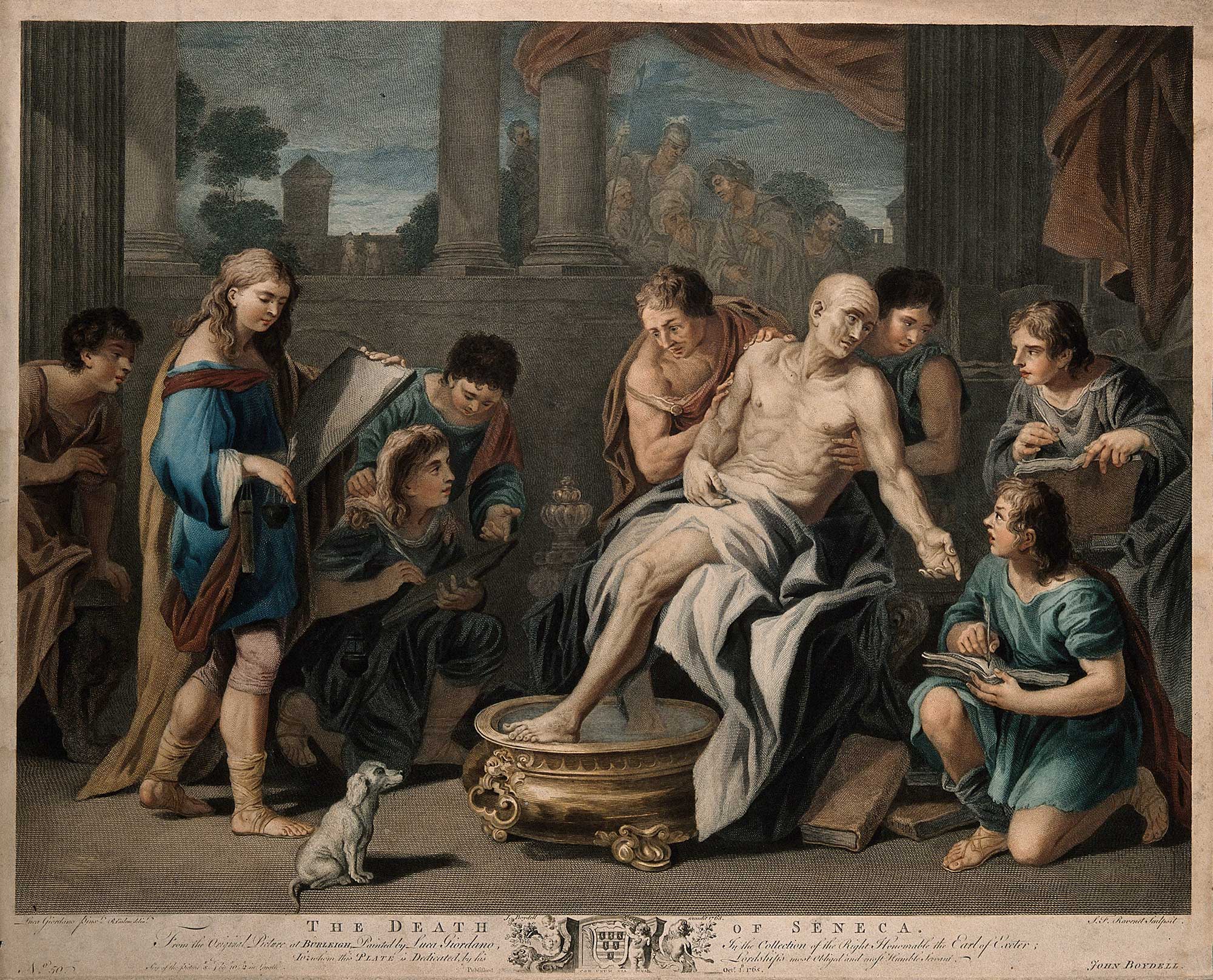
Laughter on Stage: Suicide in Roman Comedy
Self-killing was also a comic device. In Plautus and Terence, the amator—a lovesick youth—threatens to die if frustrated in love. He never does. The joke turns on genre contrast: audiences trained on tragic and political self-sacrifice watch a private fop borrow grand language for trivial ends.
Gender codes sharpen the gag; swaggering men appropriate heroic death-talk and fail to deliver, while others in the cast puncture the pose. The theater makes a dangerous vocabulary safe by staging it as posturing.
Comedy also reveals how Romans imagined audiences for dying. In tragedy and history, witnessing a “good death” instructs; in comedy, witnessing an empty threat corrects.
Both presume the publicness of dying matters. In a society that valued performance at the brink, the same gestures carried different meanings according to stage, stakes, and reception. The laugh, in other words, belongs to the same culture that could also watch a composed end with reverence. (Genre, Gender, and Suicide Threats in Roman Comedy, by Dorota Dutsch)

Afterlives: From Roman Calibrations to Later Prohibitions
By the imperial period, practice and law graded exits by context—approving some, tolerating others, condemning many. Over late antiquity and the medieval centuries, Christian moral theology recast voluntary death as sin, and the modern noun “suicide” entered European languages with those assumptions attached. The vocabulary hardened; the spectrum narrowed.
Modern debates continue to cite Roman cases, but they argue on premises—legal, medical, and philosophical—that belong to later centuries, not to Rome’s civic code. What remains distinctive is the plural grammar of judgment.
Rome offers no single doctrine, only patterned questions. What does this act do to the household? What does it do to the city? Can life still be lived in accordance with reason? Answers turned less on how one died than on why, when, and with what consequences.
That is why both Cato’s blade and the warm bath entered classrooms: one taught about conscience under power; the other about composure under sentence. Each made the end speak beyond itself. (Autonomy, Rationality and the Wish to Die, by David M. Clarke; On Suicide, by Georgia Noon)




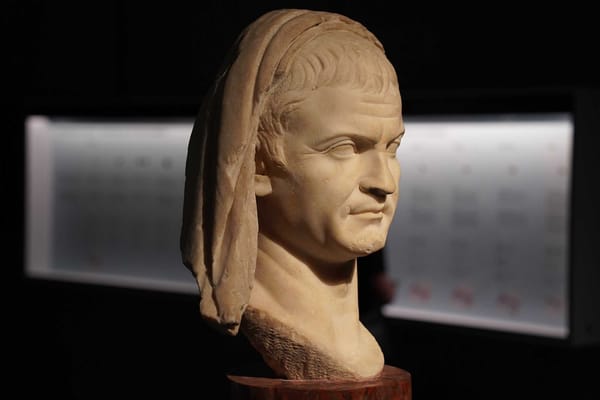
About the Roman Empire Times
See all the latest news for the Roman Empire, ancient Roman historical facts, anecdotes from Roman Times and stories from the Empire at romanempiretimes.com. Contact our newsroom to report an update or send your story, photos and videos. Follow RET on Google News, Flipboard and subscribe here to our daily email.
Follow the Roman Empire Times on social media: